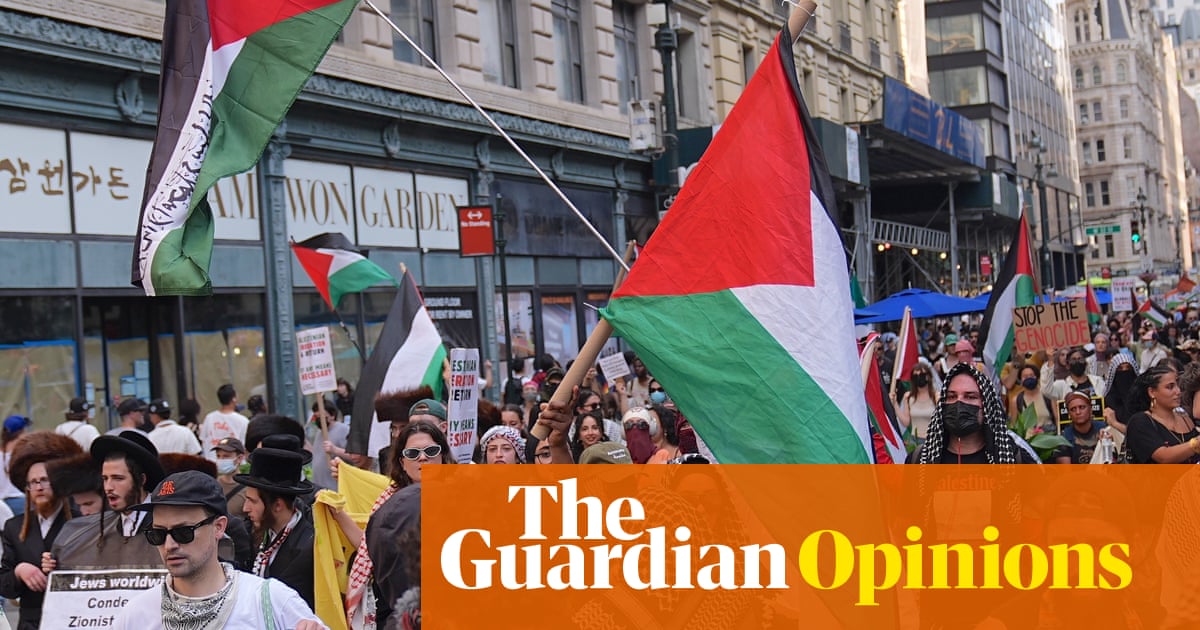“You furnish the pictures. I’ll furnish the war,” was the storied response of the newspaper magnate William Randolph Hearst to Frederic Remington after the illustrator was sent to Cuba to cover an insurrection and cabled back to the boss that there was little going on.
Much has changed since that famous (if true) exchange of the late 19th century, in the heyday of sensationalism known as yellow journalism.
But one thing that hasn’t changed is that there’s nothing like military conflict to capture the attention of the public, with plenty of help from the media. And the media – whether a tabloid newspaper or a cable news network – benefits, too.
These days, Donald Trump’s recent strike on Iran has proved the point once again, with the media’s attention intensely focused on Operation Midnight Hammer, as it was dramatically dubbed.
First the emphasis was on the threat of attacks to Iran’s budding nuclear arsenal, then on the possibility of all-out global war, then on the strikes themselves and then the announcement of a supposed ceasefire.
All to the greater glory of Trump, at least as he tells it.
For those who are trying to bring public attention to other important matters – even matters of life and death – that’s a frustrating reality.
Jennifer Mascia knows this all too well.
She is a founding reporter for the Trace, a non-profit news site dedicated to tracking the epidemic of gun violence in America and trying to do something about it, through exploring solutions.
When elected officials in Minnesota were shot earlier this month – the former state House speaker Melissa Hortman and her husband were killed, and the state legislator John Hoffman and his wife were wounded – it was a huge story.
Huge, but fleeting.
“Pitted against a global conflict, domestic news doesn’t really stand a chance,” said Mascia, who previously contributed to the now-defunct Gun Report at the New York Times, begun by the then columnist Joe Nocera.
That’s true for domestic news that, in an earlier era, would have commanded the media’s attention for many days, if not weeks. The Minnesota violence was even more newsworthy because of an early manhunt and disinformation swirling around the apparent assassin’s political leanings.
Still, coverage seemed to disappear in the blink of an eye.
“The Trump era has all but ensured that important news will get smacked out of the news cycle in favor of the latest development in Trumpworld,” Mascia wrote to me in an email, after we had talked by phone.
Mascia is quick to clarify that she’s not suggesting that the media ignore what the chaotic president is doing.
“It’s important that we cover Trump’s constitutional breaches. We shouldn’t become numb or complacent in the face of eroding democracy,” she said.
But it was remarkable to see how quickly the Minnesota shootings faded from media attention. A CNN contributor herself, Mascia is often called in to provide perspective for “Day Two” of coverage after the initial reporting of gun-related news. But often these days, she notes, there is no Day Two.
By then, the media has moved on.
“Maybe if the Israel-Iran war wasn’t going on, we’d still be talking about it,” she said. “Anderson Cooper would be broadcasting from Melissa Hortman’s funeral. But instead, he’s in Tel Aviv.”
And, of course, this extends to all sorts of other subjects, not just gun violence.
Those who try to focus attention on voting rights, the rule of law, crucial supreme court decisions, widespread citizen action such as the vast “No Kings” protests – to mention just a few – may get a modicum of attention.
But nothing compares to a show of military force. And Trump, always attuned to how he’s being perceived, is well aware of that.
“A spectacular military success,” he crowed after the strikes. “A historic success,” echoed his defense secretary. Pete Hegseth couldn’t countenance being asked actual questions and claimed the press was trying to distort the story “for their own political reasons to try to hurt President Trump or our country”.
Was the administration’s bragging accurate? Perhaps not, said intelligence reports that indicated the strikes may have only added months to the time Iran needs to produce the material for a nuclear weapon.
But no matter.
The strikes – from the lead-up to the aftermath – sucked up all the oxygen in the media universe for many days.
Even by Thursday early afternoon, the top four news articles (plus one photo) on the Washington Post mobile app, for example, were Iran-related.
And Fox News, of course, remained largely a cheering section.
Whatever the effect on world peace, military conflict sure is good for ratings, as William Randolph Hearst knew in his bones.
“Historians point to the Spanish-American war as the first press-driven war,” noted a PBS article accompanying the film Crucible of Empire.
It wouldn’t be the last.
-
Margaret Sullivan is a Guardian US columnist writing on media, politics and culture

 German (DE)
German (DE)  English (US)
English (US)  Spanish (ES)
Spanish (ES)  French (FR)
French (FR)  Hindi (IN)
Hindi (IN)  Italian (IT)
Italian (IT)  Russian (RU)
Russian (RU)  5 hours ago
5 hours ago
























Comments